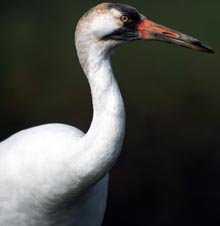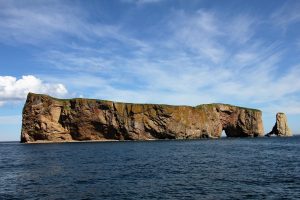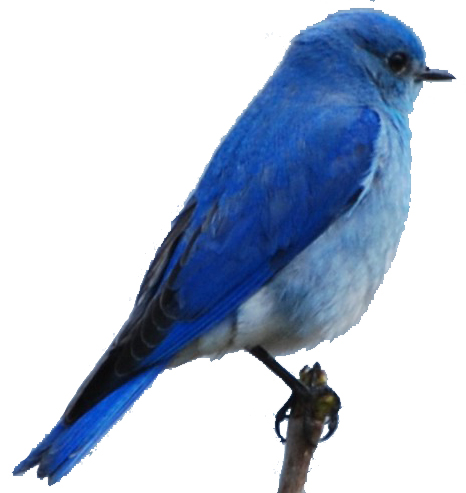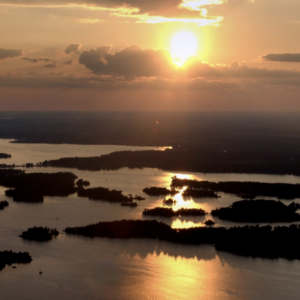Key Biodiversity Areas: What they are and why we care

Ted Cheskey
Senior Conservation Manager
For more than 30 years, organizations around the world have been developing standards to identify ecologically significant sites using quantitative and qualitative methods.
In 2004, the IUCN Membership made a request for an international standard to identify important sites. Subsequently, the IUCN Species Survival Commission (SSN) and the IUCN World Commission on Protected Areas (WCPA) formed a Joint Task Force on Biodiversity and Protected Areas to start work on establishing the criteria for Key Biodiversity Areas (KBAs). More than 10 years later, these standards are finally coming together.
But what are KBAs? And what makes them different from other site identification standards?
KBAs defined
KBAs are “sites that contribute to the global persistence of biodiversity.” This means they are sites that are representative and significant, in one way or another, of the wide array of ecosystems, creatures and species found around the world. The KBA designation covers areas important in terms of animal species, but also extends to areas significant for their plant life or their life-sustaining environment.
To be a KBA, sites must meet one of 11 criteria – determined through an evaluation process based on empirical data and carefully laid out methodology. Each criterion has determining thresholds and they are split into five groups as follows: [one_third]

[/one_third] [two_third_last]
- Threatened biodiversity
- Threatened species
- Threatened ecosystem type
- Geographically restricted biodiversity
- Individual geographic restricted species
- Co-occurring geographically restricted species
- Geographically restricted assemblages
- Geographically restricted ecosystem types
- Ecological integrity
- Biological processes
- Irreplaceability[/two_third_last]
How KBAs are different from IBAs and other important sites
Important Bird and Biodiversity Areas (IBAs) are one of the many types of important area designations the KBA methodology is built on. IBAs are a conservation initiative coordinated by BirdLife International. To date, there are over 12,000 IBAs worldwide and nearly 600 sites in Canada.
The key difference between initiatives like IBAs and KBAs is in the focus. Where designations such as IBAs have had a narrow focus (in the case of IBAs: birds), KBAs are less restrictive. While BirdLife recognizes that healthy bird diversity is often indicative of healthy overall biodiversity (hence the “and Biodiversity” addendum to the name in 2013), the criteria for IBAs – globally threatened species, restricted-range species, biome-restricted species and congregations – are bird-centric and therefore defined in terms of occurring bird populations.
What KBAs seek to do, in a sense, is combine these various initiatives into one designation, creating a global database of important sites that encompass a wide range of biodiversity factors. For example, many IBAs can be rolled into KBAs in the next years. That said, it will be a while before designations like IBA are done away with entirely. 
Why KBAs are important
You might be wondering what the purpose of such designations is. After all, they serve to identify important sites but they don’t offer them any protection.
At its core, the answer is simple: The first step to protecting a site is determining that it is worth protecting. The KBA designation serves as a quantitative and qualitative measure that the site is important. Not to mention, before a site can be designated, empirical data is compiled to back the nomination up.
The bottom line is that the KBA designation helps direct research where it is most needed, and it creates a database of sites worth considering for protection along with the scientific data that speaks to this.
KBAs are crucial because they help us as a global community identify important sites before we lose them.
Nature Canada has a long and rich history of advocating for the protection of habitat and the expansion of the range of protected areas. KBA will be another tool used in the fight for nature and the conservation of its biodiversity.
 |
Want more nature news?Join our 50,000 nature lovers raising their voices for nature! |
|



